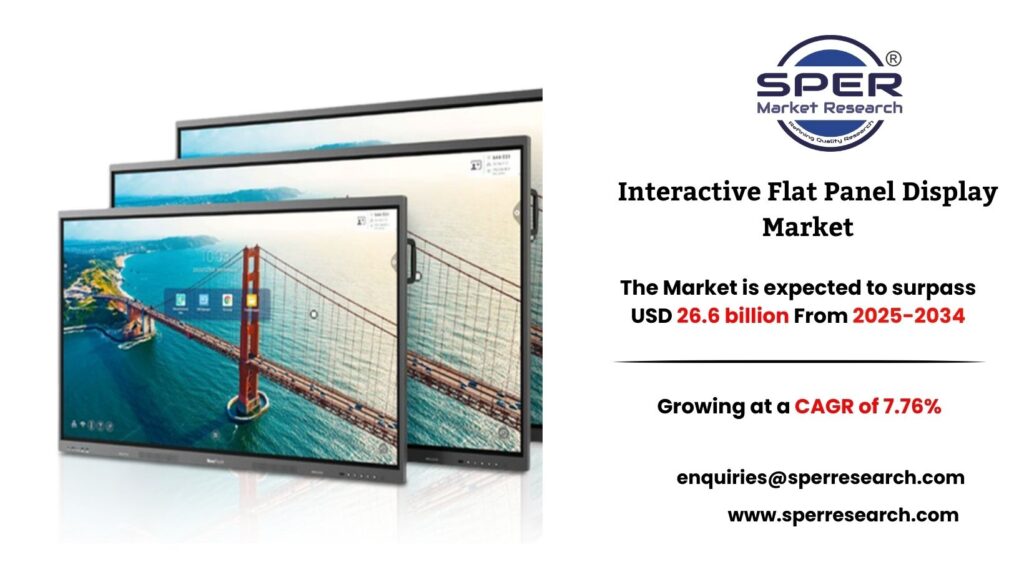Ultra-Wideband (UWB) anchors and tags are rapidly changing the way businesses and organizations approach indoor positioning and real-time location systems (RTLS), providing centimeter-level accuracy that greatly exceeds traditional technologies such as Bluetooth, RFID, and Wi-Fi. The exceptional precision of UWB, which comes from its utilization of brief-duration pulses and extensive frequency ranges, enables it to function effectively in environments with substantial interference and intricate layouts, including warehouses, manufacturing plants, hospitals, and airports. In these environments, UWB anchors serve as fixed reference points, while tags, frequently attached to assets or individuals, transmit precise positions in real time.
According to SPER market research, ‘Global Ultra-Wideband Anchor and Tags Market Size- By Component, By Positioning System, By Range, By Application, By End User – Regional Outlook, Competitive Strategies and Segment Forecast to 2034’ state that the Global Ultra-Wideband Anchor and Tags Market is predicted to reach 7.82 billion by 2034 with a CAGR of 18.52%.
Drivers:
The expansion of the UWB anchor and tags market is being driven by a combination of technological, economic, and operational factors that highlight the growing demand for precise location solutions in dynamic and asset-rich environments. A significant influence is the rising need for RTLS solutions that deliver highly accurate, real-time data for applications where location is crucial for safety, efficiency, and performance. The transition towards automation and digital workflows in sectors such as logistics, healthcare, and manufacturing is also generating strong demand for location-aware systems that can integrate seamlessly with enterprise software. Increasing labor costs and the necessity for operational visibility are compelling businesses to adopt UWB technology to enhance asset tracking and minimize the time spent locating tools, inventory, or personnel.
Ultra-Wideband Anchor and Tags Market Sample in PDF Format, Click Here
Restraints:
A major barrier that impedes market entry is the substantial expense associated with the development and installation of UWB anchor and tag systems. The upfront expense necessary for hardware involving numerous anchors and tags needed to cover a specific area can be considerable. The costs linked to setup, installation, and integration with existing systems further compound the financial burden. Ongoing maintenance and upgrades contribute additional expenses. For companies with limited resources, the financial demands of this infrastructure outweigh the potential benefits, thereby hindering the adoption of UWB technology.
In 2024, the UWB market was dominated by North America, especially the United States. The region is experiencing significant growth due to technological advancements and the shift towards digitalization. The U. S. leads in Industry 4.0, making it the largest market for UWB, especially in manufacturing, warehousing, and healthcare. UWB systems are integrated into smart facilities to enable real-time tracking of personnel and assets, enhancing productivity and safety. Legal regulations and ongoing technological development also contribute to the market’s expansion. Some of the key market players are Apple, BeSpoon, Identec Solutions, Kinexon, NXP Semiconductors, Qorvo, Sewio Networks, STMicroelectronics, and others.
For More Information, refer to below link: –
Ultra-Wideband Anchor and Tags Market Growth
Related Reports:
Global Electronics Films Market Growth
Racing Simulator Market Growth
Follow Us –
LinkedIn | Instagram | Facebook | Twitter
Contact Us:
Sara Lopes, Business Consultant — USA
SPER Market Research
enquiries@sperresearch.com
+1–347–460–2899









